
This is what the Esplanade looked like in Toronto over the last 150 years
The Esplanade is a strange street in Toronto these days. Where once it was a wide promenade adjacent to the lake, a century and a half of development has rendered it a narrow and mostly anonymous passageway from Yonge to Berkley St.
Rewind 150 years, and you could throw a stone into the harbour from most places along this stretch. Back then, the street lived up to its name, which means a flat and open space beside a fortification or body of water.
Toronto had numerous industrial hubs at the turn of the century, but few were as important as the area around the Esplanade thanks to its proximity to both the city's central railway corridor and the bustling harbour.
The first railway arrived in Toronto in 1853. Over the years that followed, the harbour area to the southeast of where our current Union Station is located became heavily industrialized. It would continue in this vein through to the 1970s when the character of the Esplanade changed entirely.
During the period, various in-fill efforts altered the street's relationship with the lake. By the time industrial activity was dying down in the mid 1960s, the area slowly started to look like a wasteland.
Once active industrial sites were replaced with a sea of surface parking lots. With much train activity diverted south beside Lake Shore Blvd., the railway area beside the Esplanade was mostly abandoned, save for a few stationary freight trains and rusting cars.
It's hard to imagine such prime real estate laying in ruin, even 40 years ago. Eventually Mayor David Crombie earmarked the area for renewal, and the modern day St. Lawrence neighbourhood was born.
Determined not to design another Regent Park, this master planned community was meant to be integrated with the rest of the surrounding area and to invite a variety of income brackets through the inclusion of subsidized, cooperative, and market-priced housing.
Lo and behold, it worked. The neighbourhood is often lauded as an urban planning success story, partially because it took an under-used area that was slipping away from the rest of the city, and made it a vibrant community.
When you look at aerial views of the St. Lawrence neighbourhood, it's actually quite easy to see where the railway yards once were. They're now a series of parks that run immediately south of the Esplanade. Beside them is a variety of housing that sits on former industrial lands.
Gone is the view to the lake, but the residential streets that surround the Esplanade have a quiet vibrancy of their own that was almost unimaginable at the outset of the 1970s.

The Esplanade in 1854. Painting by John Howard via the City of Toronto Archives.

The Esplanade in 1894, Toronto's industrial gateway.
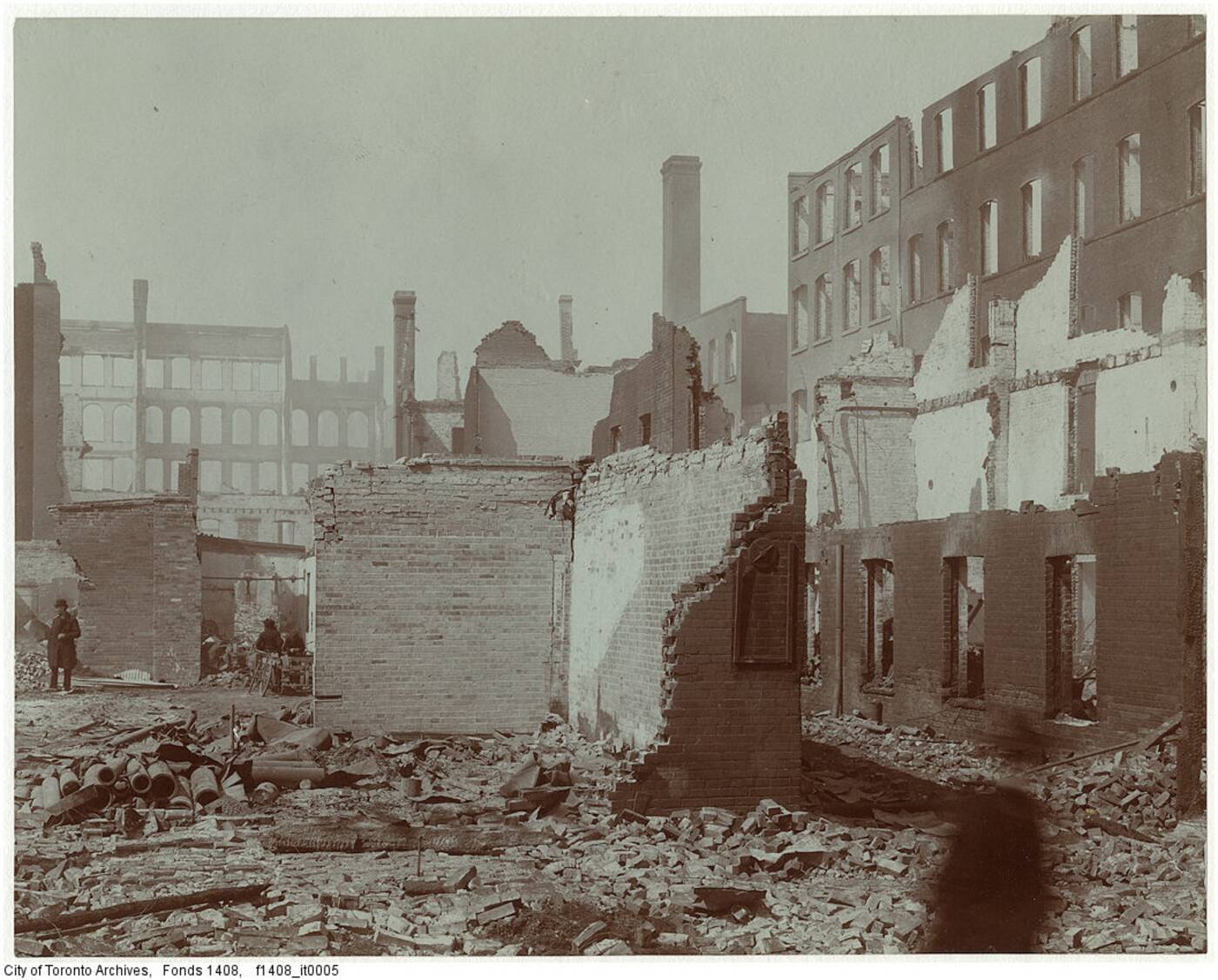
Aftermath of the Great Fire of 1904, near Bay and Esplanade.
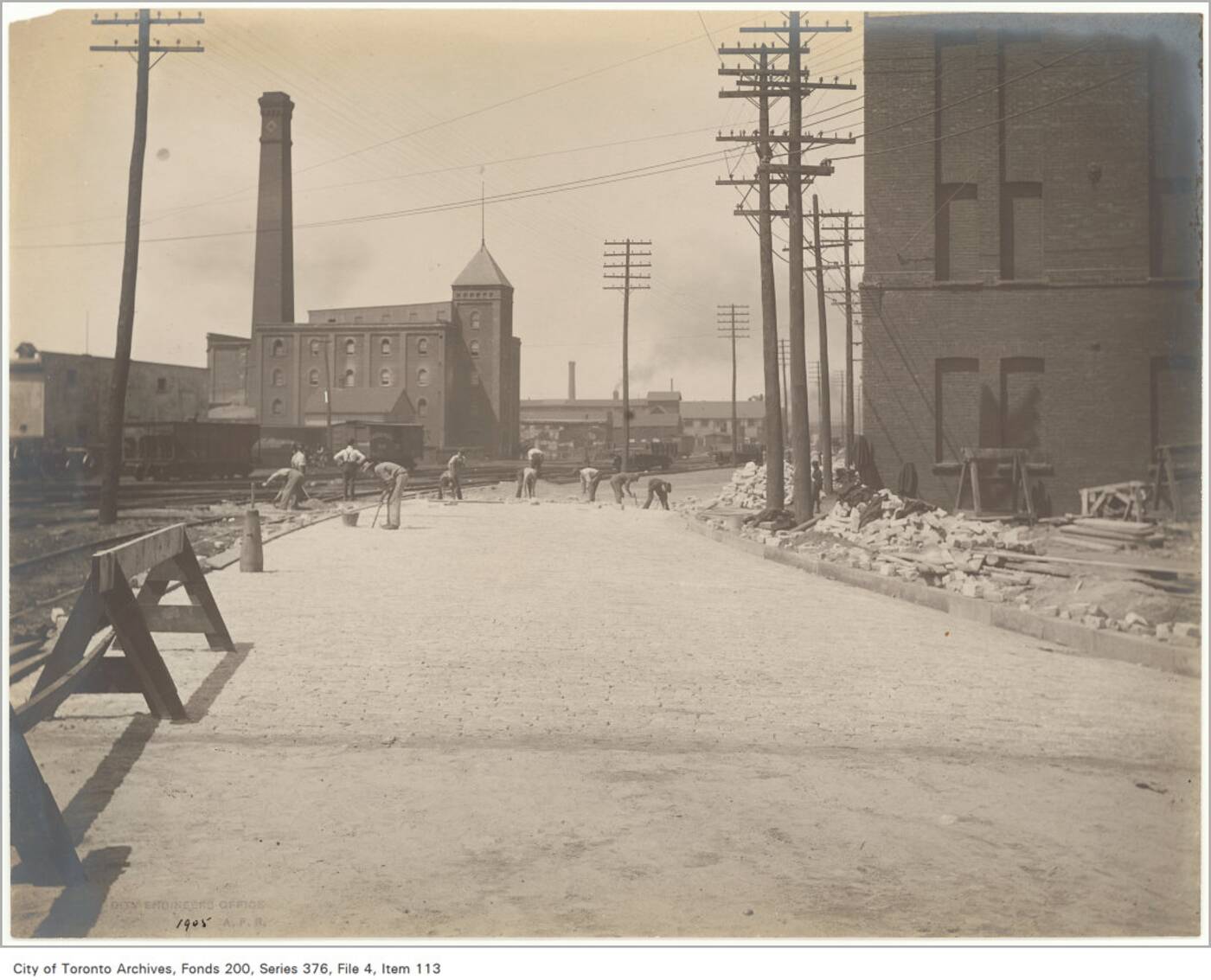
Laying brick on the Esplanade in 1905.
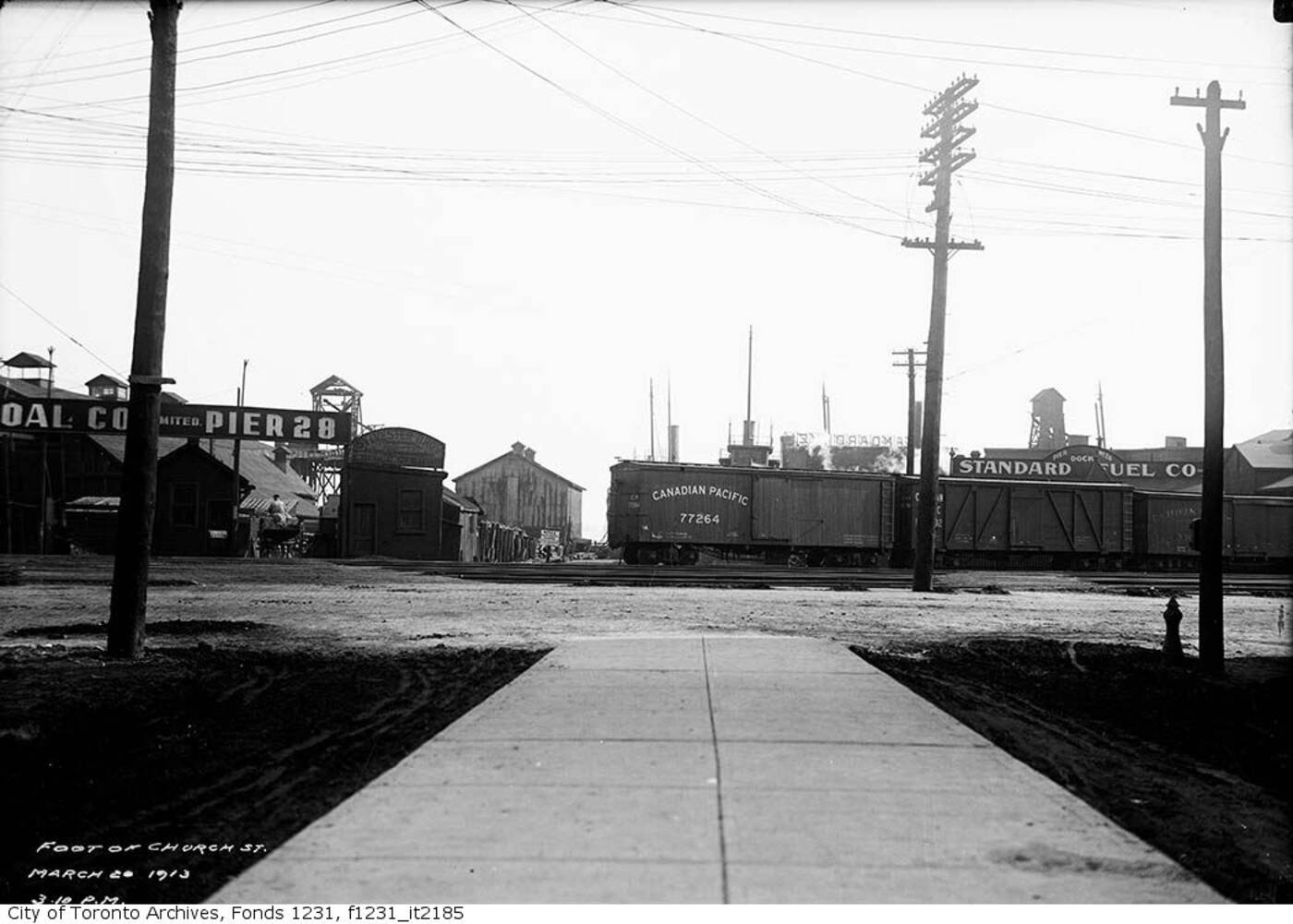
Foot of Church St. at the Esplanade, 1905.
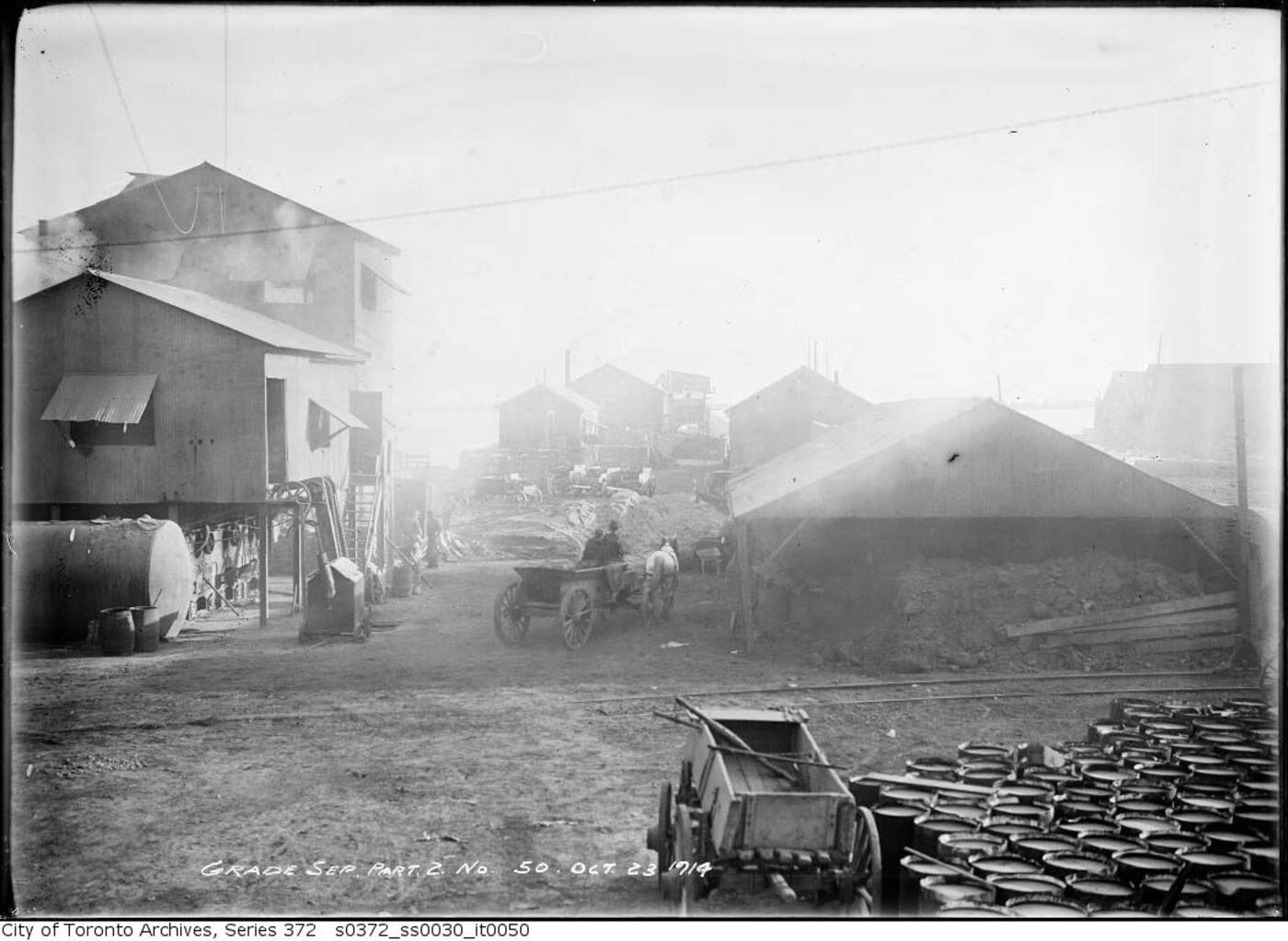 Early industry on the Esplanade, 1914.
Early industry on the Esplanade, 1914.

Industry surrounded the railway lands throughout the early 20th century.
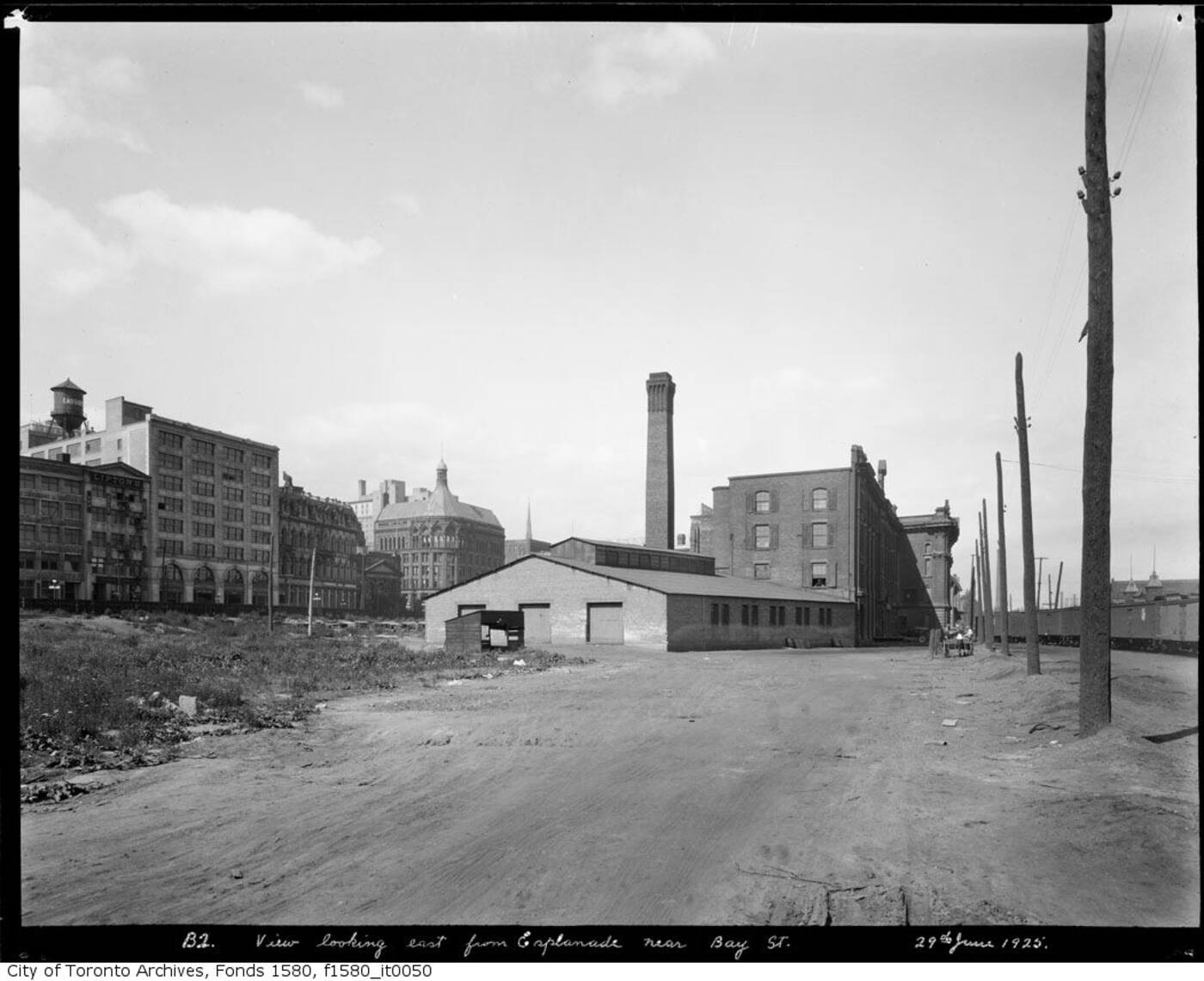 Near Bay and the Esplanade, 1925.
Near Bay and the Esplanade, 1925.
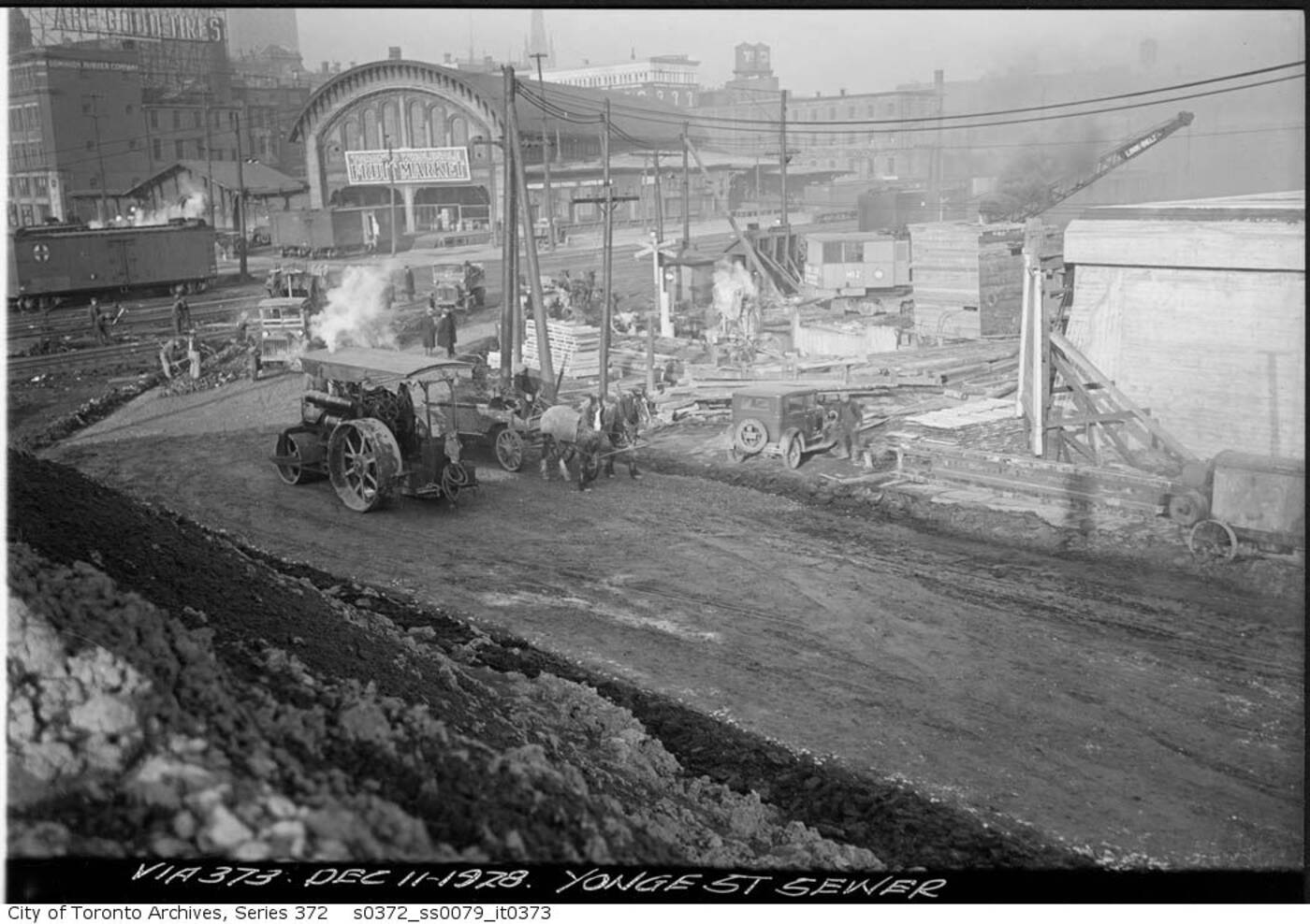
Yonge and the Esplanade in 1928.
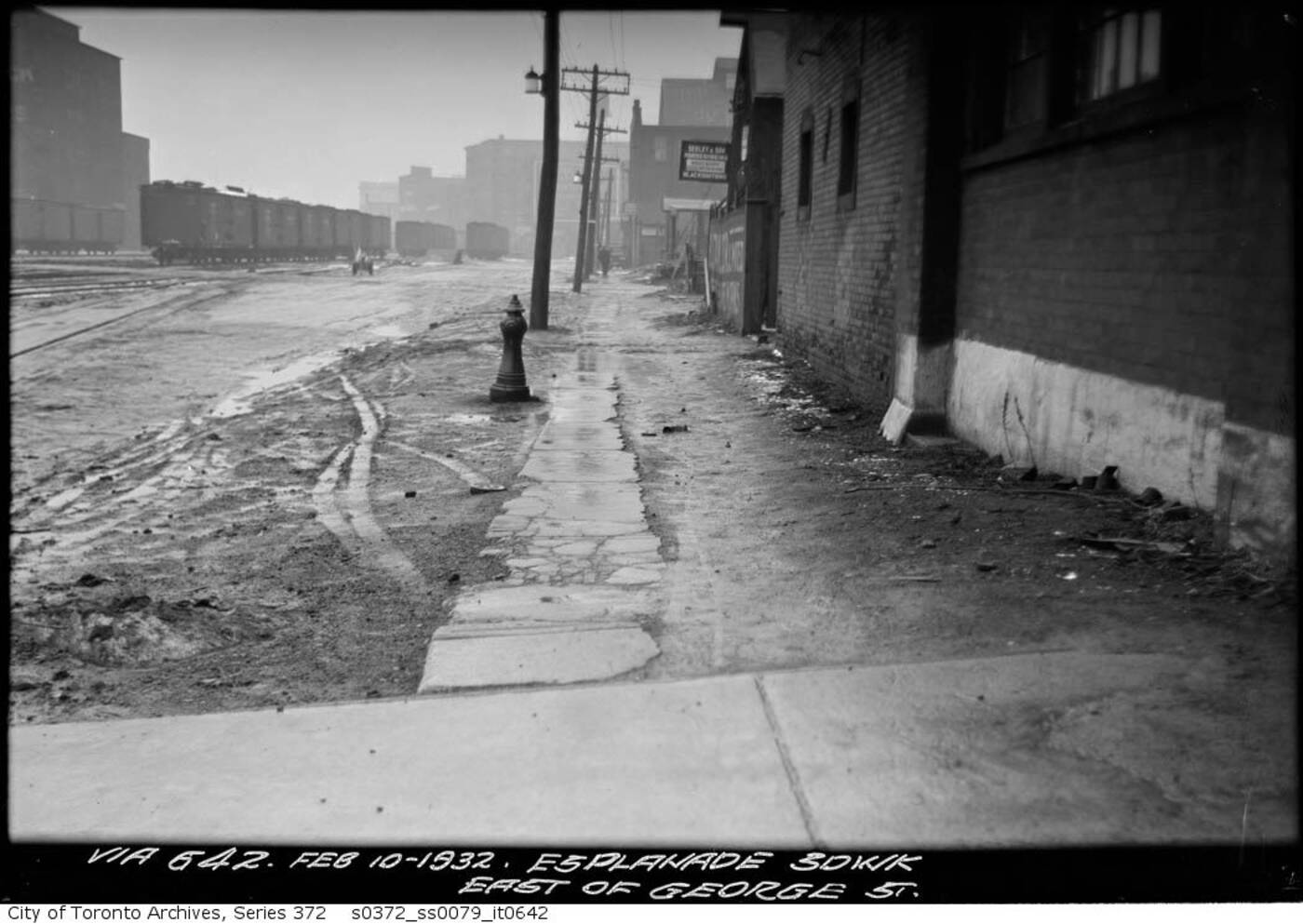
Looking industrial and bleak in 1932.
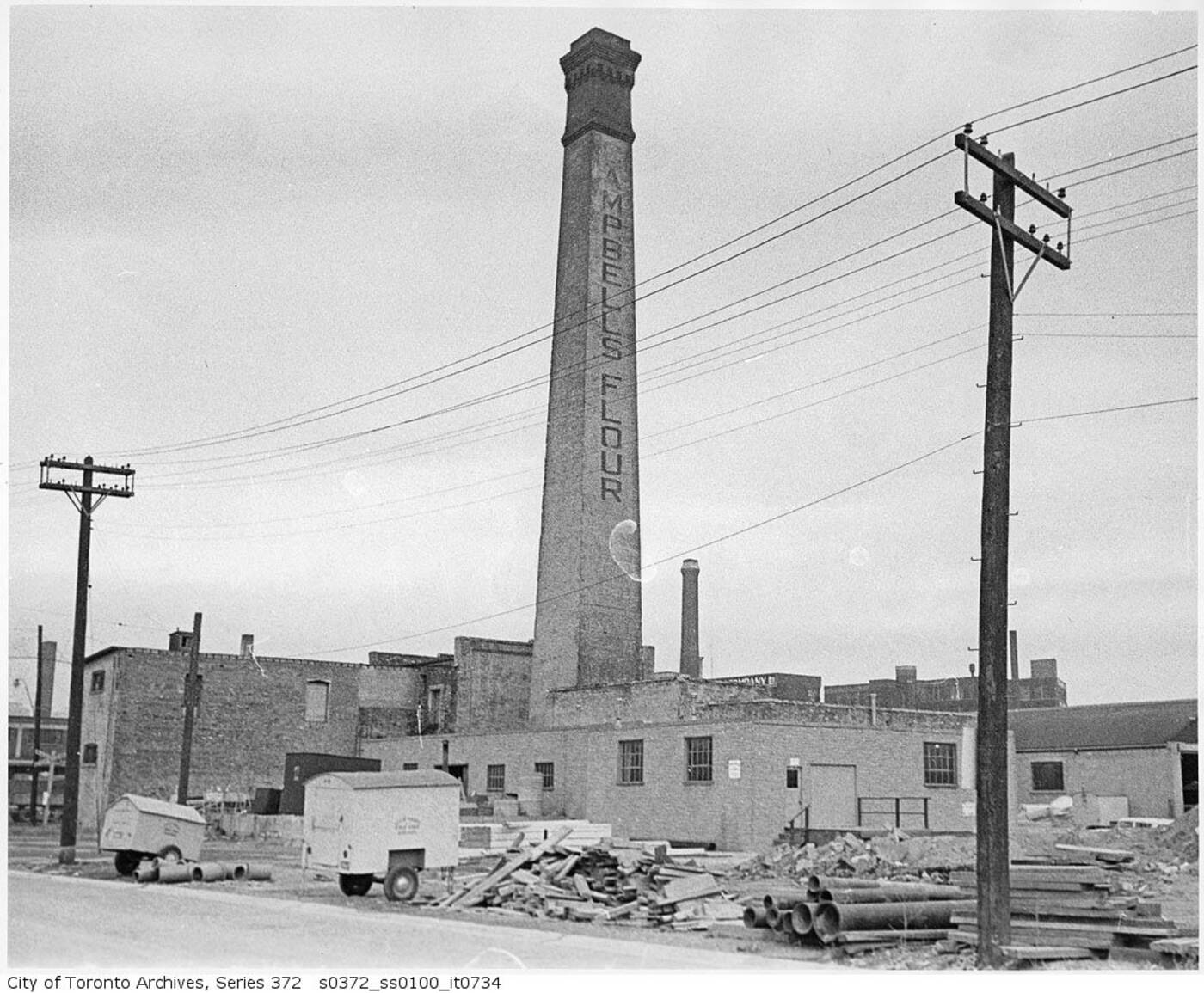
Campbell's Flour near the Esplanade and Sherbourne, 1954.
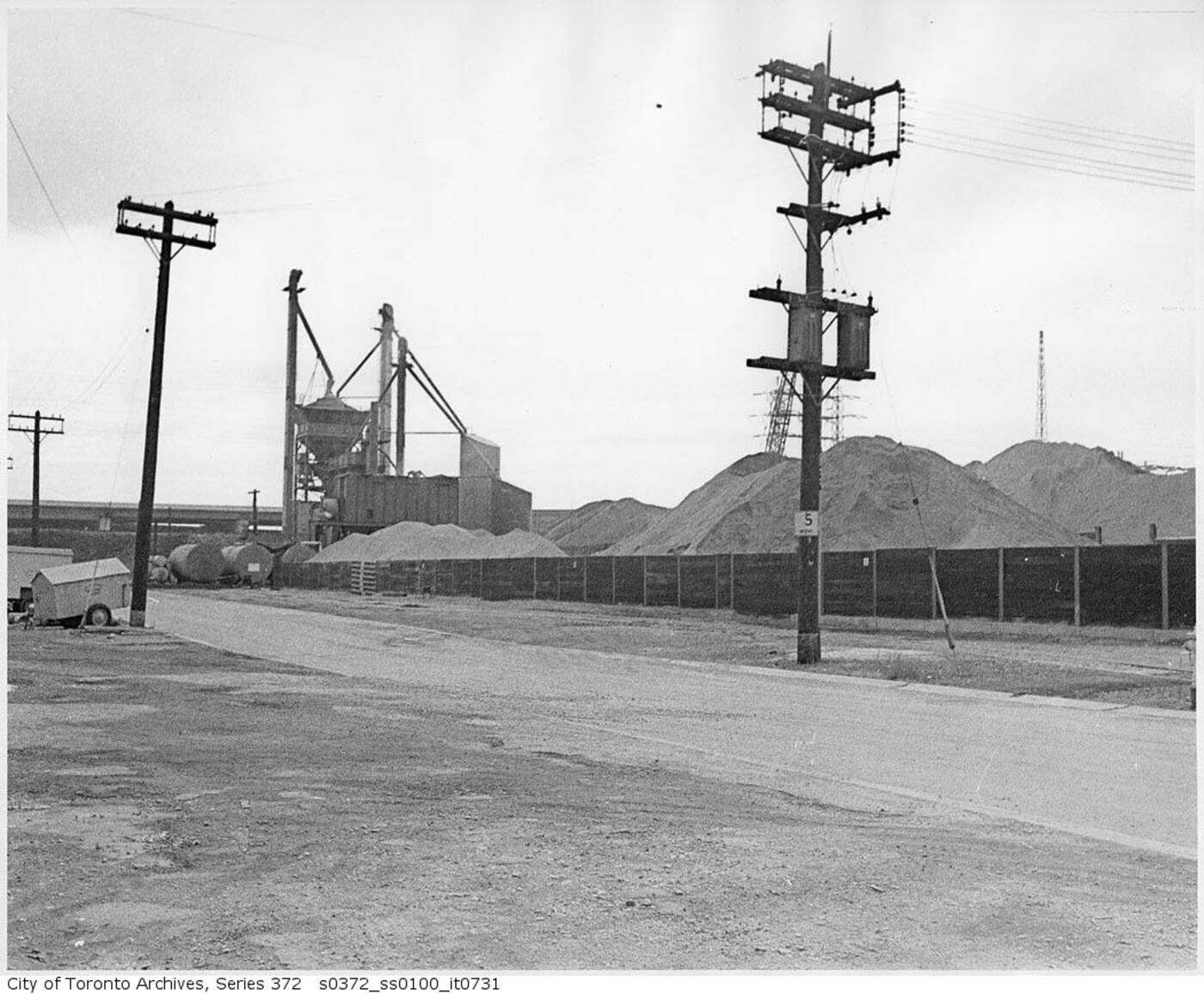
The Esplanade and Sherbourne (different angle), 1954.
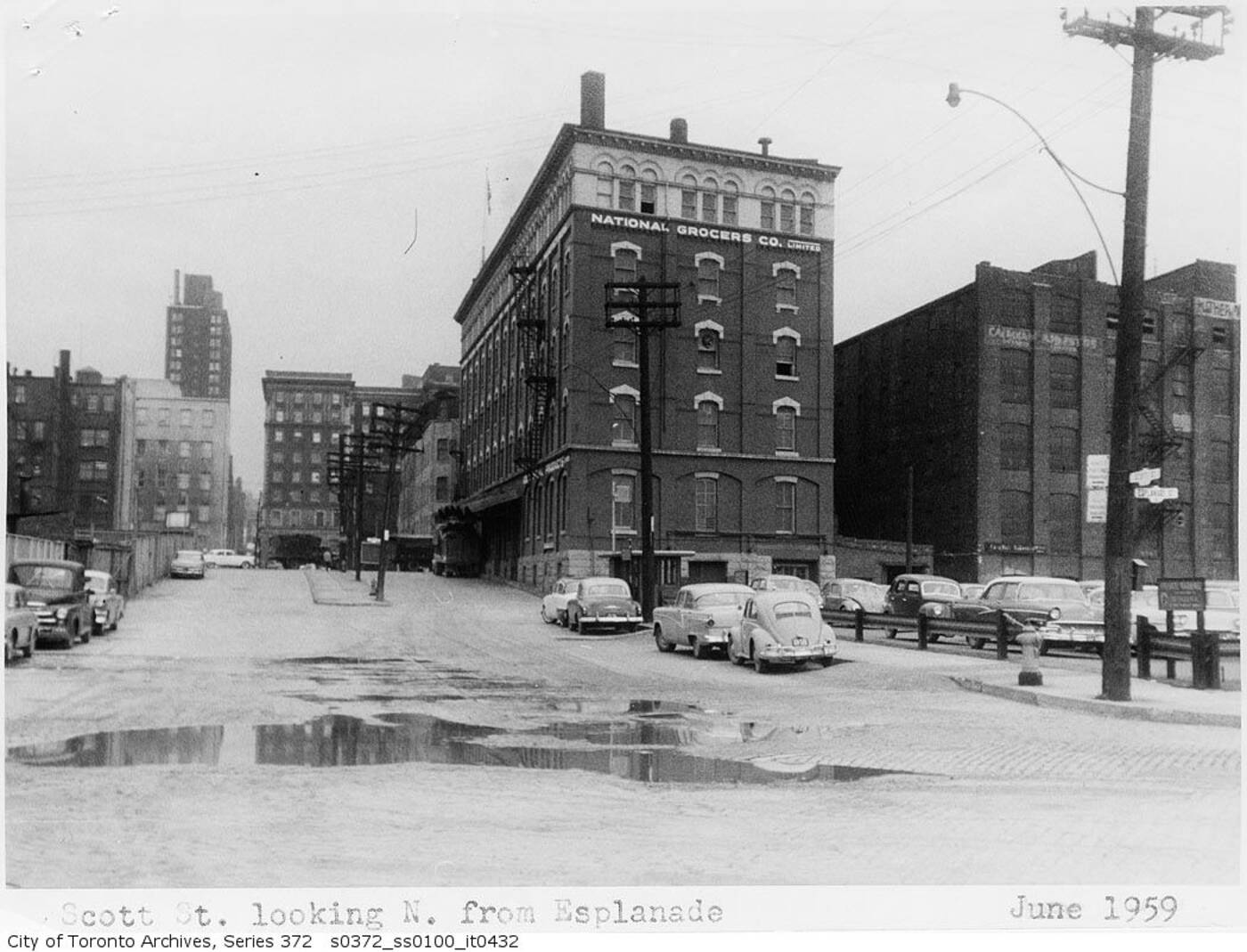
Looking north up Scott St. from the Esplanade in 1959.

Looking southwest from Jarvis and the Esplanade, 1972.
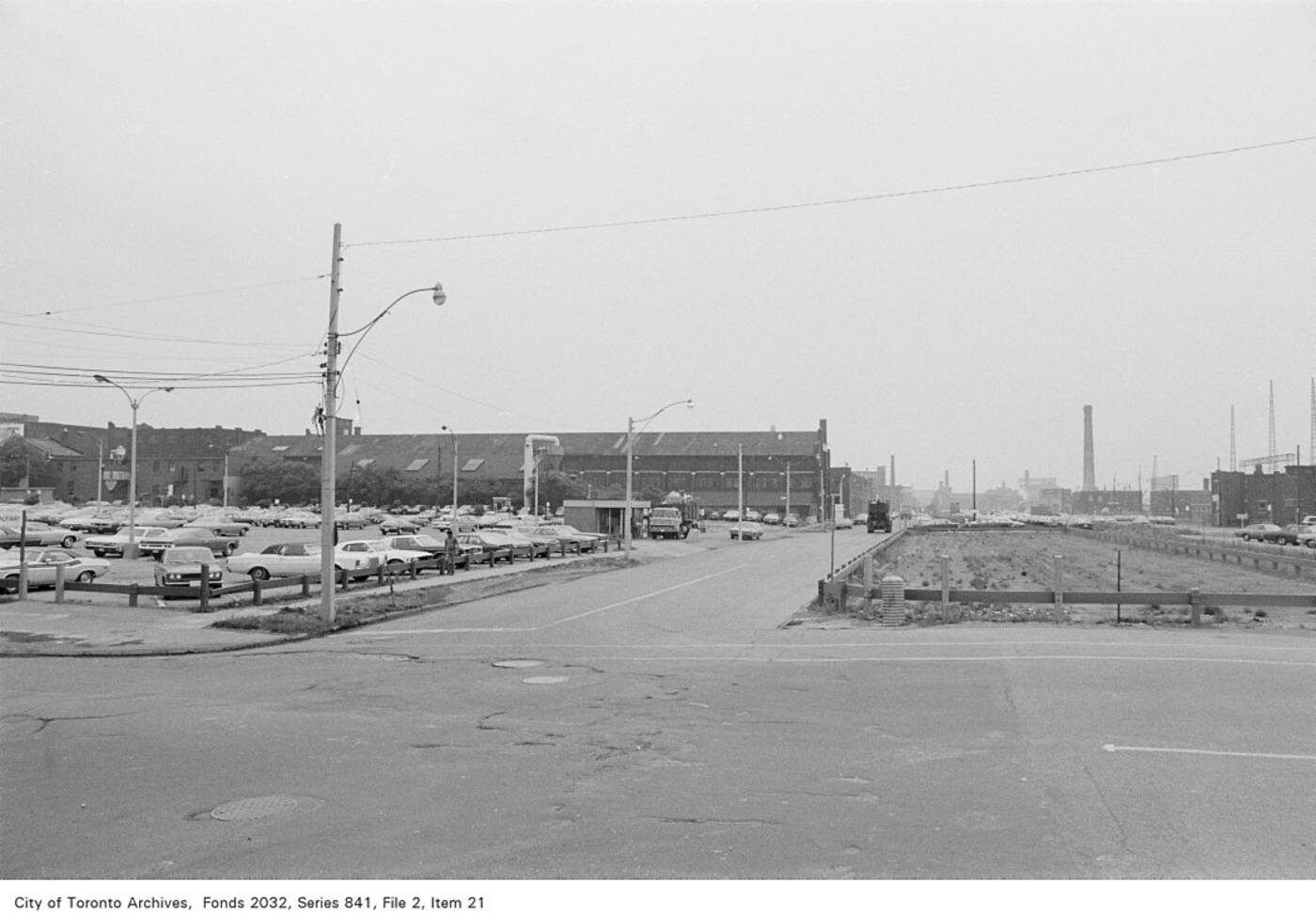
Looking east from the Jarvis and the Esplande, 1972.
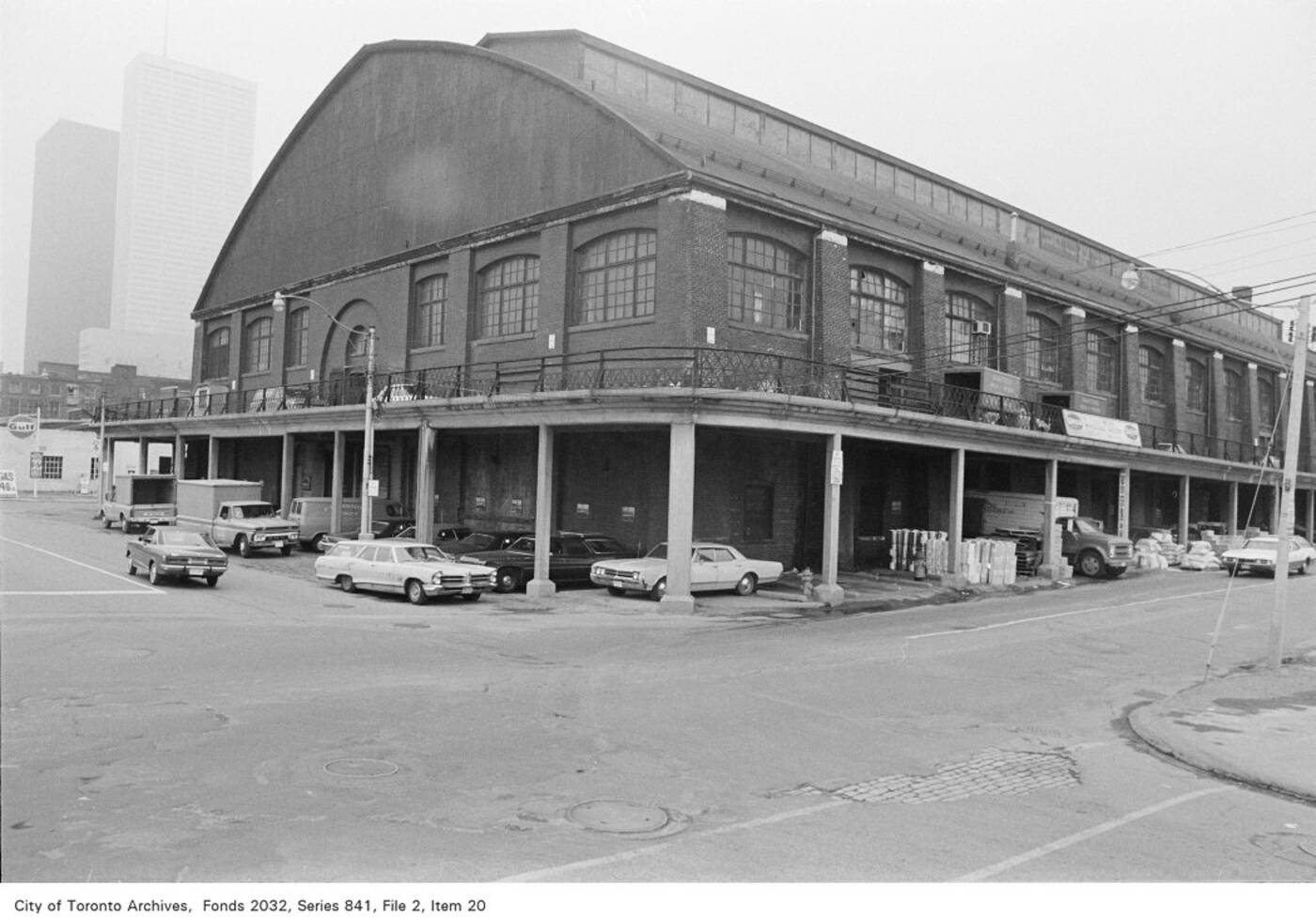
St. Lawrence Market at Jarvis and the Esplanade, 1972.
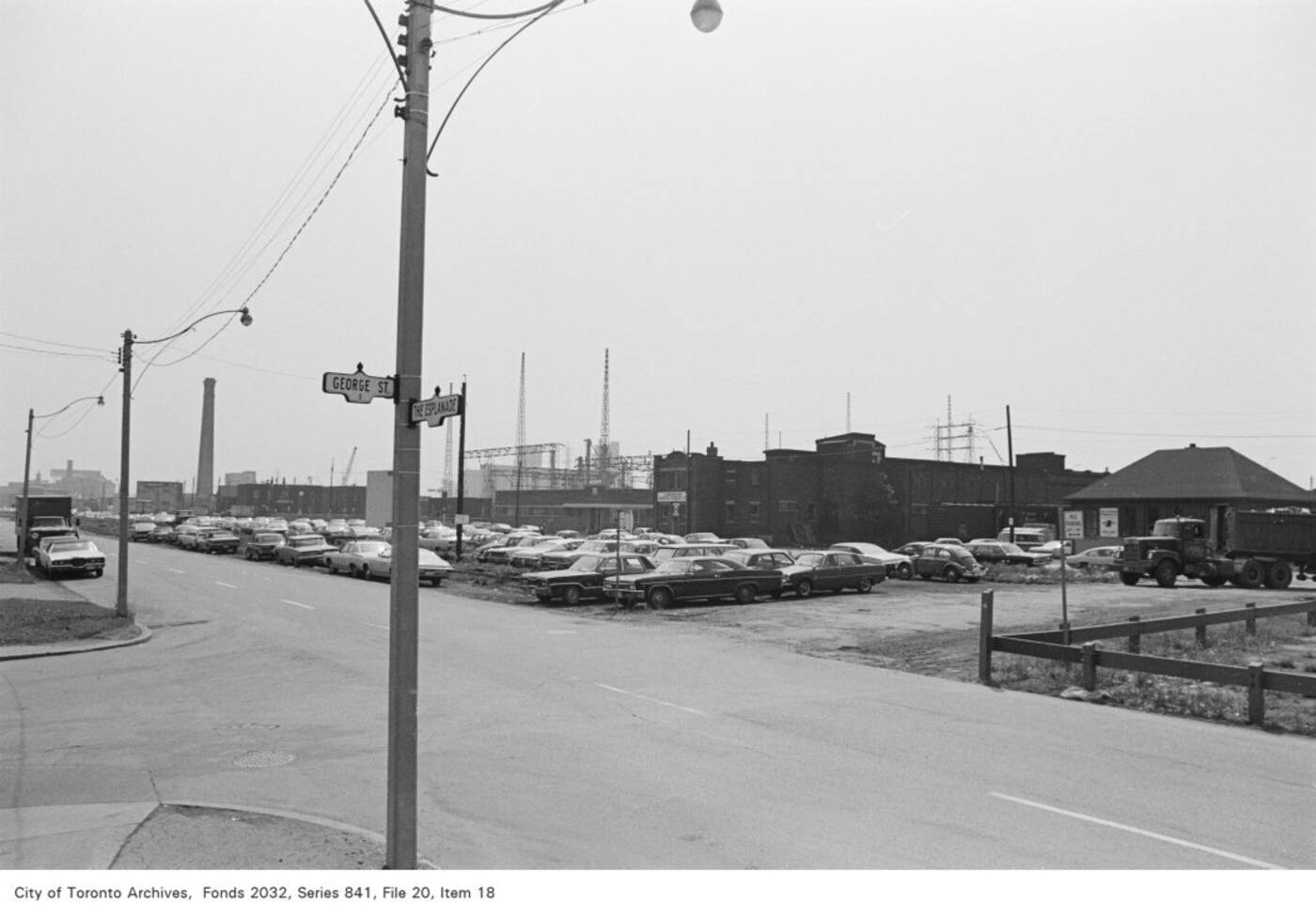
The Esplanade and George St., 1972.
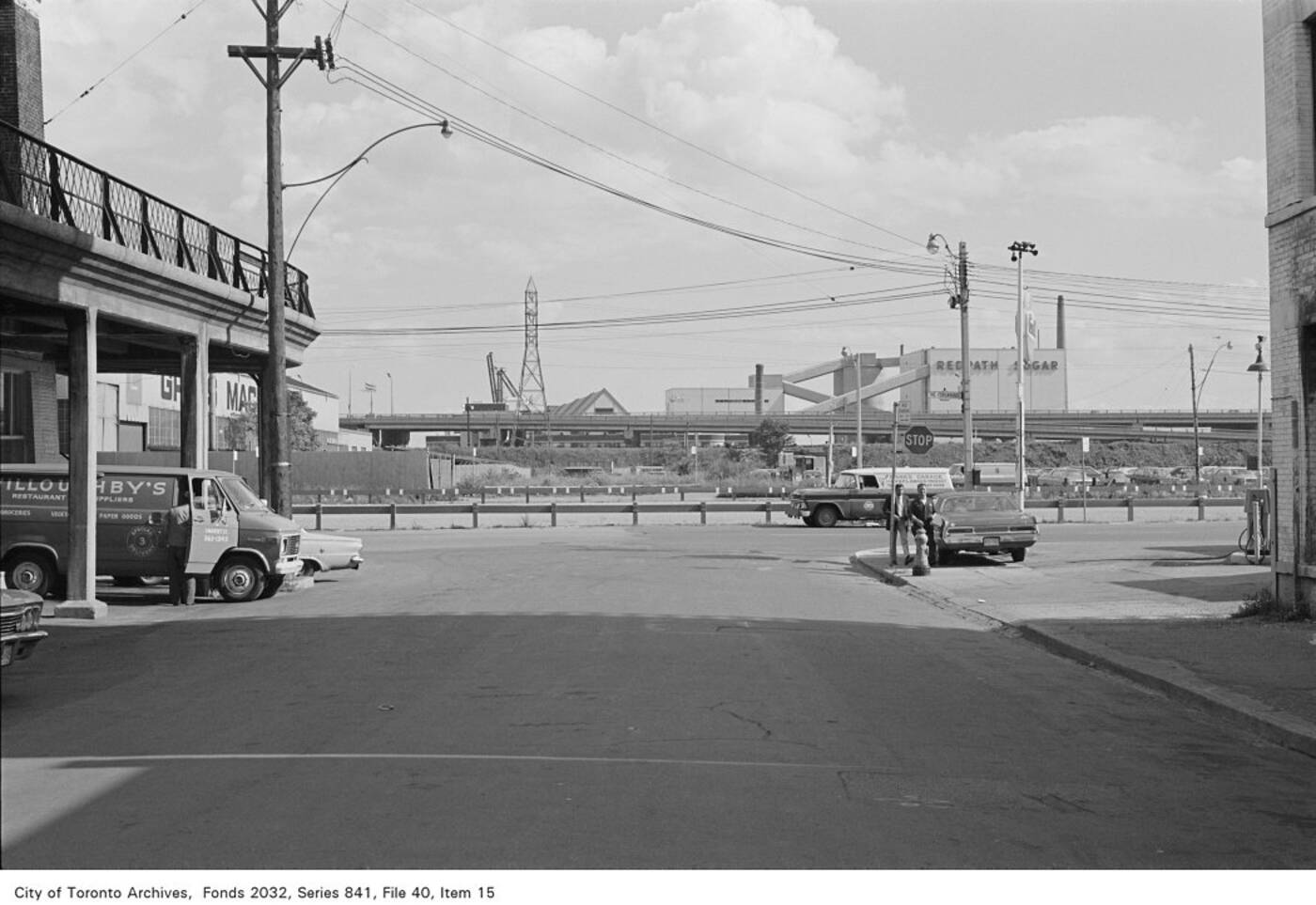
Looking south from Sherbourne St. at the Esplanade, 1972.
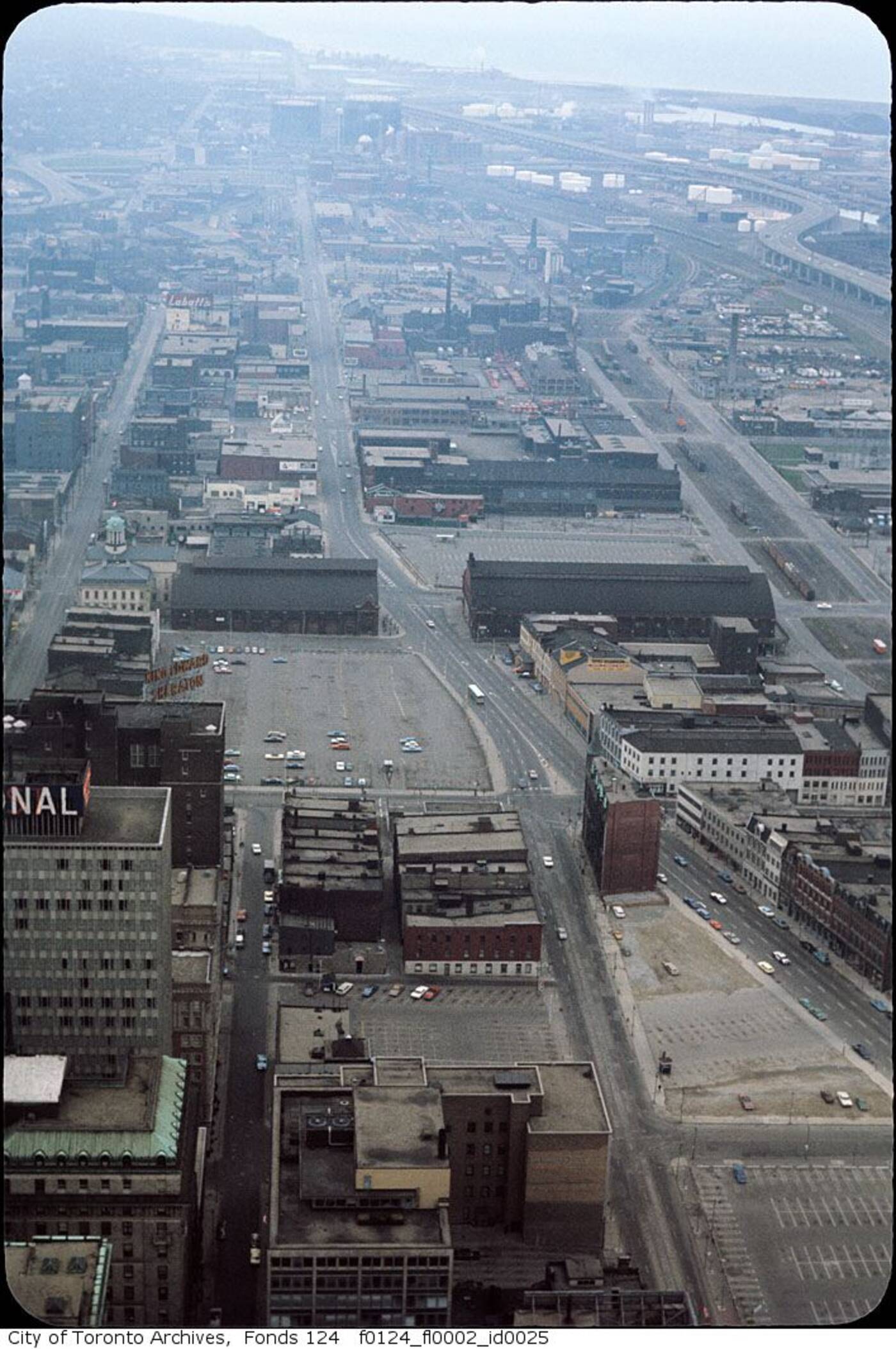 Looking down on the St. Lawrence Market area in the late ca. early 1970s.
Looking down on the St. Lawrence Market area in the late ca. early 1970s.
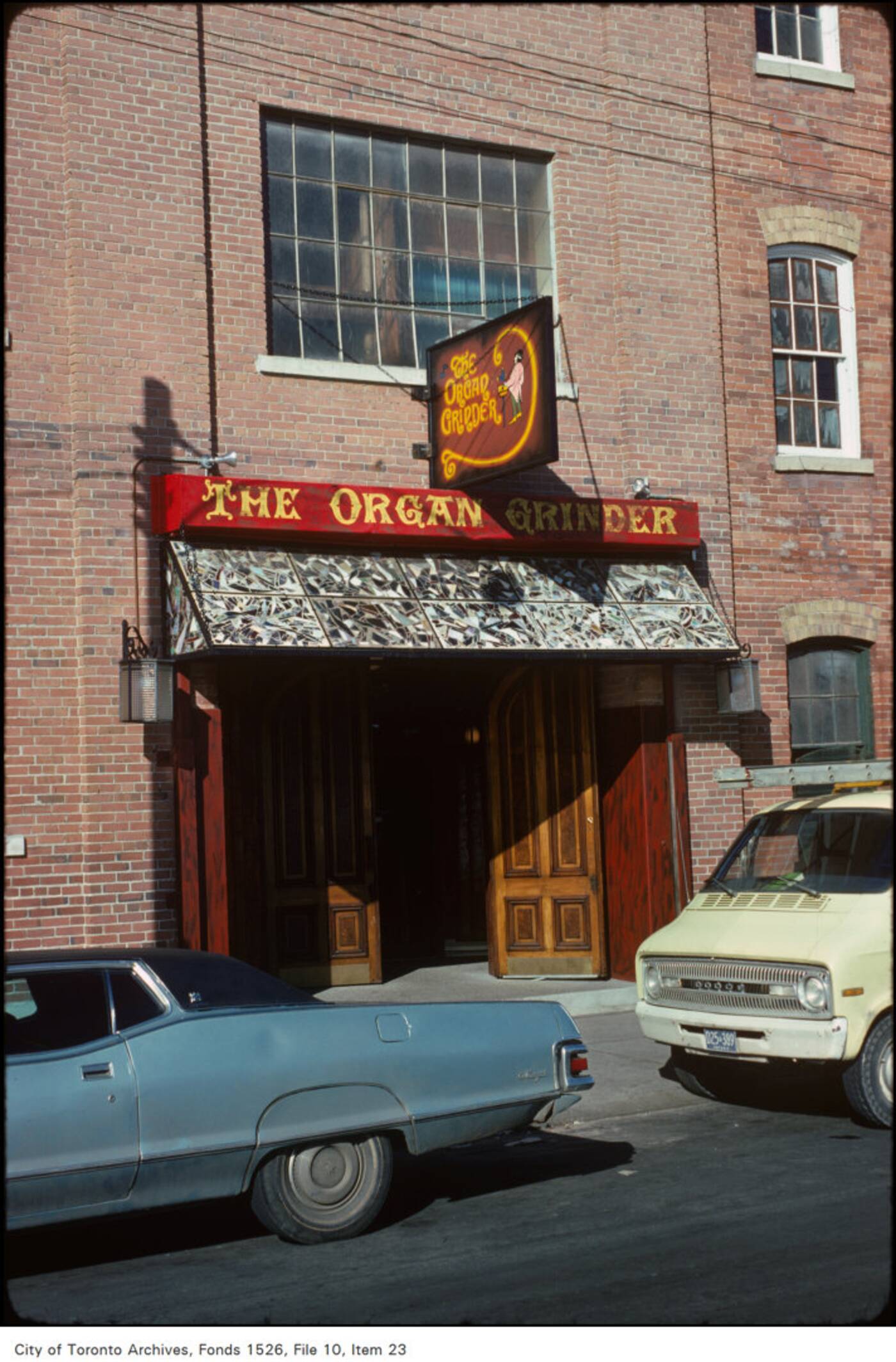 Entrance to the Organ Grinder in 1975.
Entrance to the Organ Grinder in 1975.
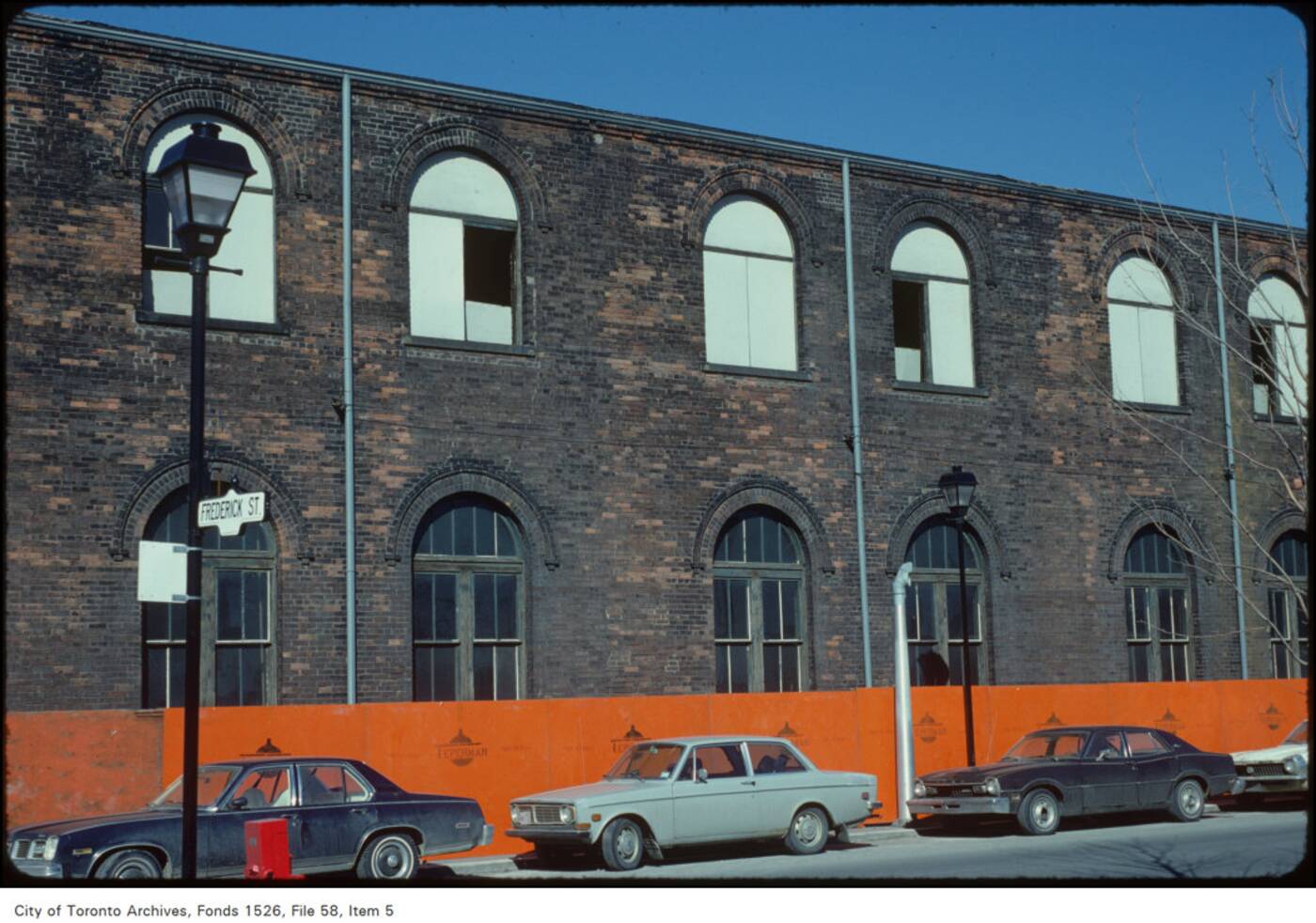
Carriage House building prepared for Demolition, Frederick St. and the Esplanade.
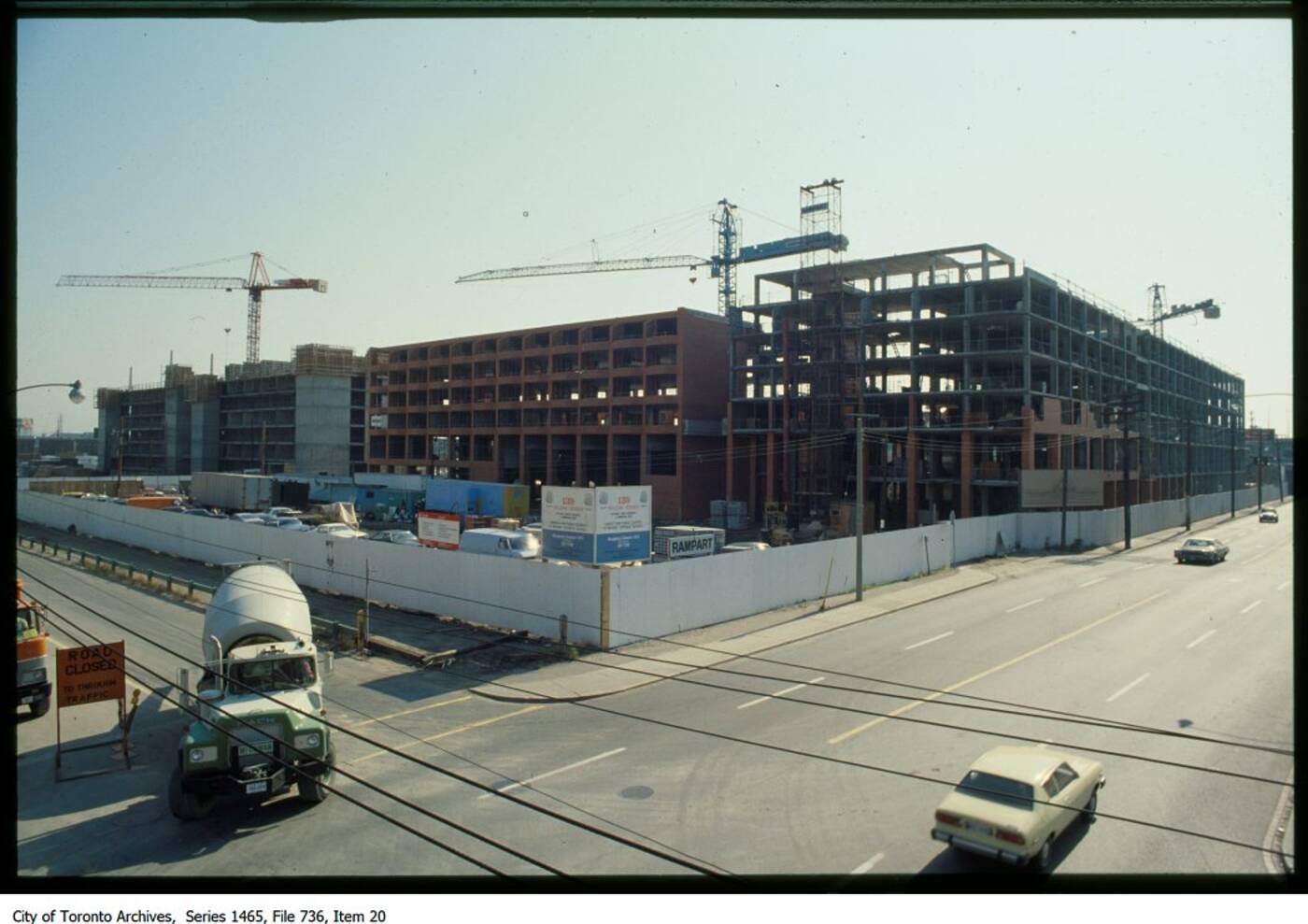
A new neighbourhood rises between the Esplanade and Front streets, 1970s.
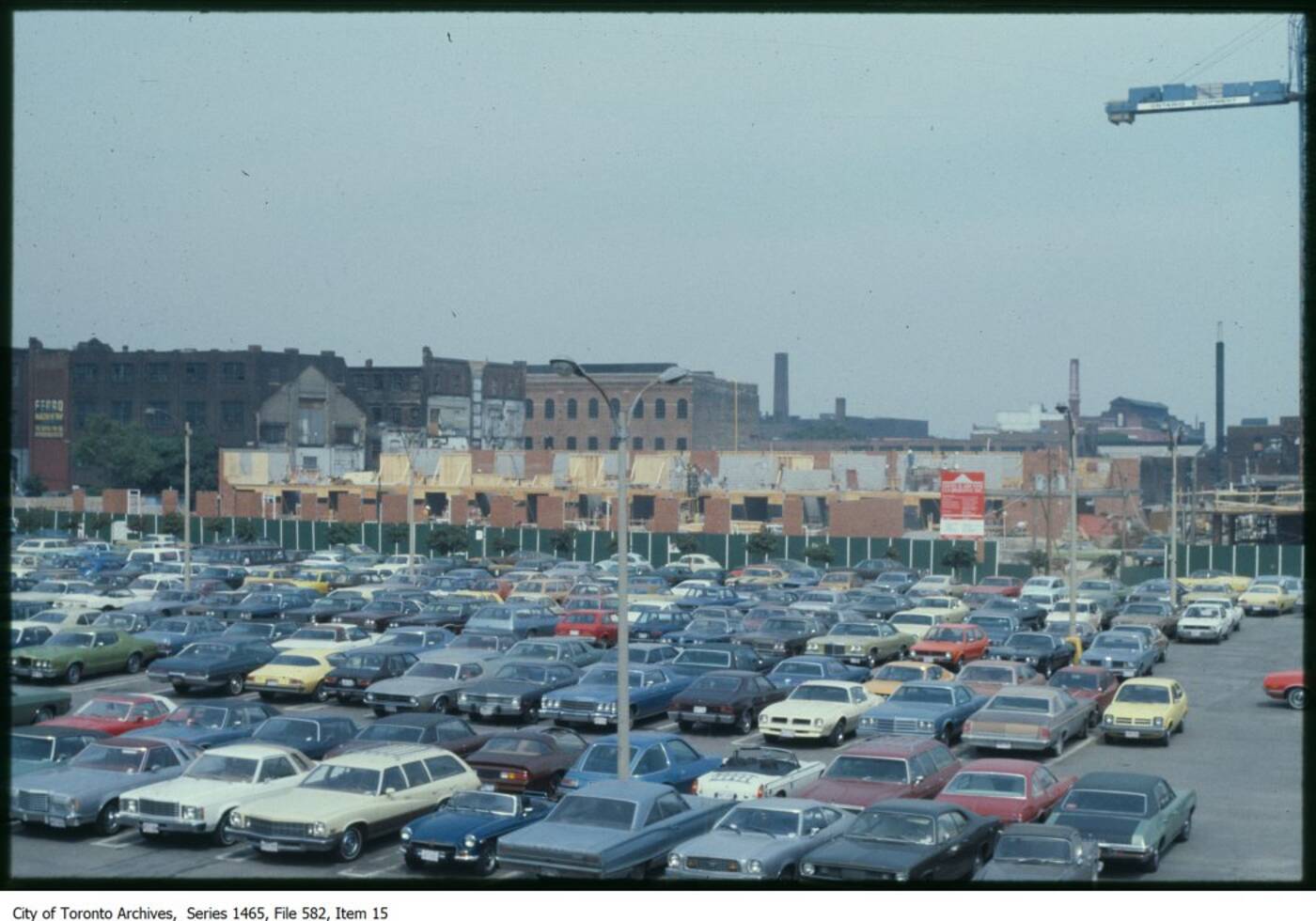
St. Lawrence neighbourhood under construction, 1970s.
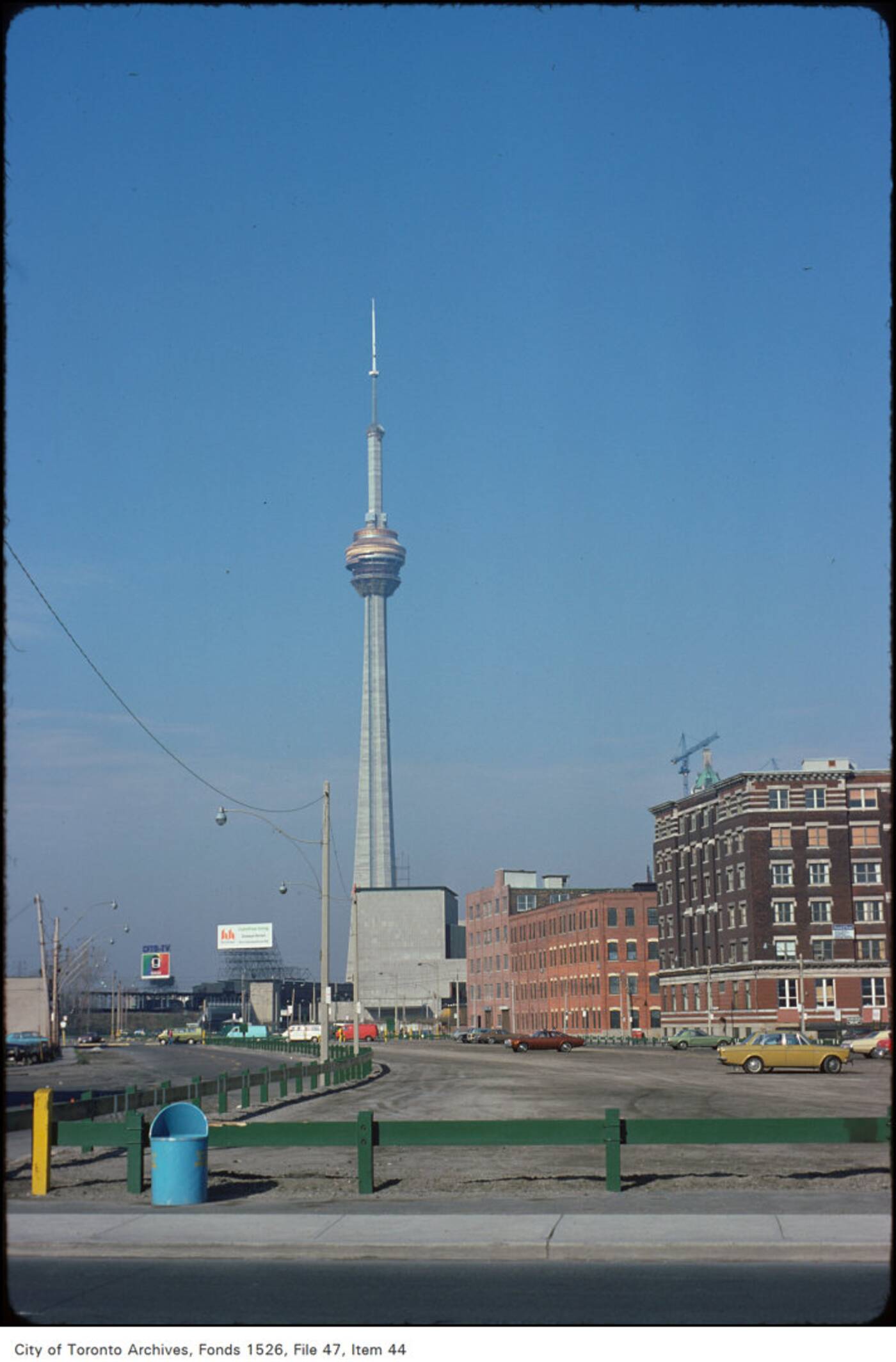
View of the CN Tower under construction from the Esplanade, 1975.

Aerial view of St. Lawrence Market and surrounding neighbourhood, 1980s.
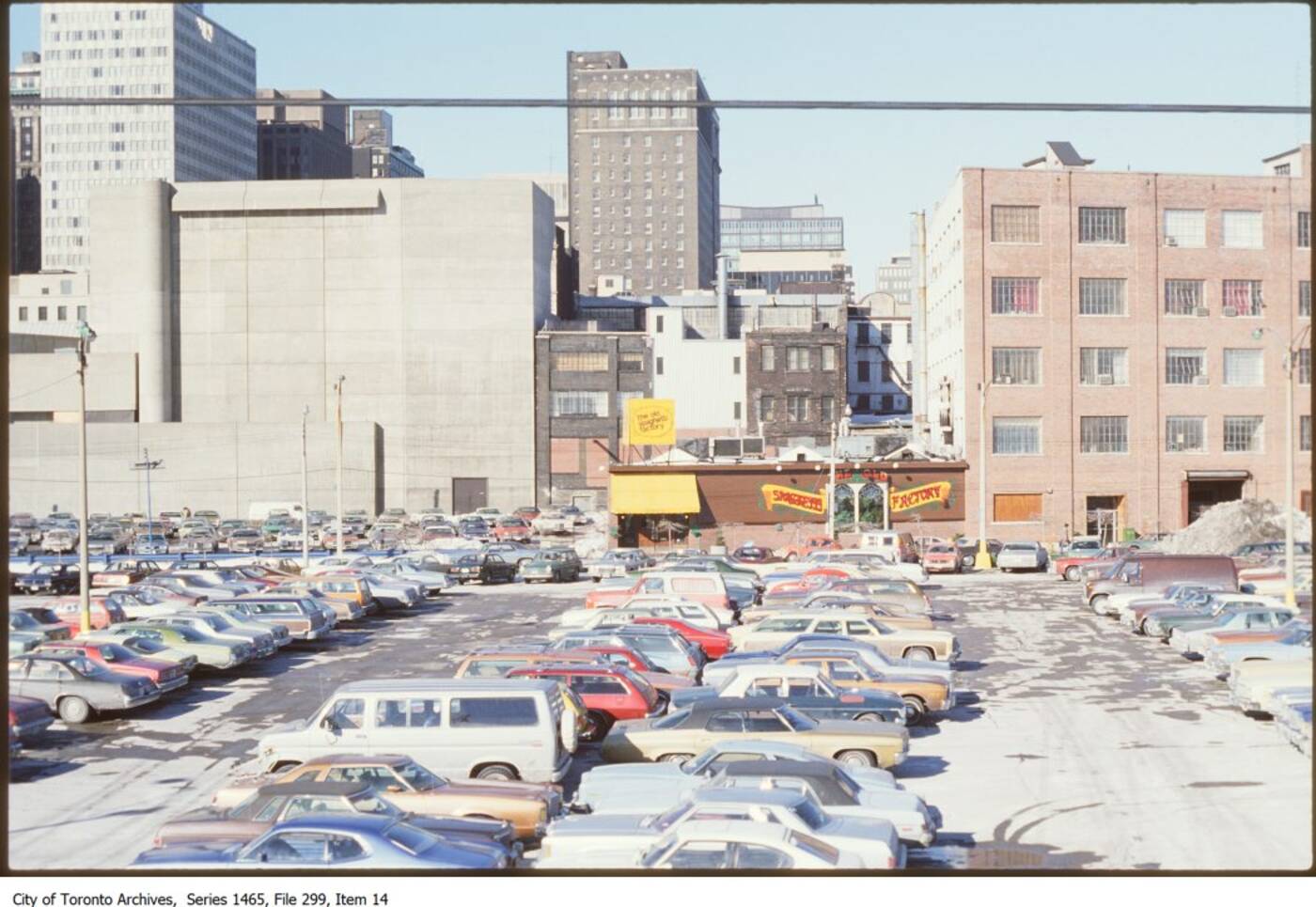
View to the Spaghetti Factory in the early 1980s.
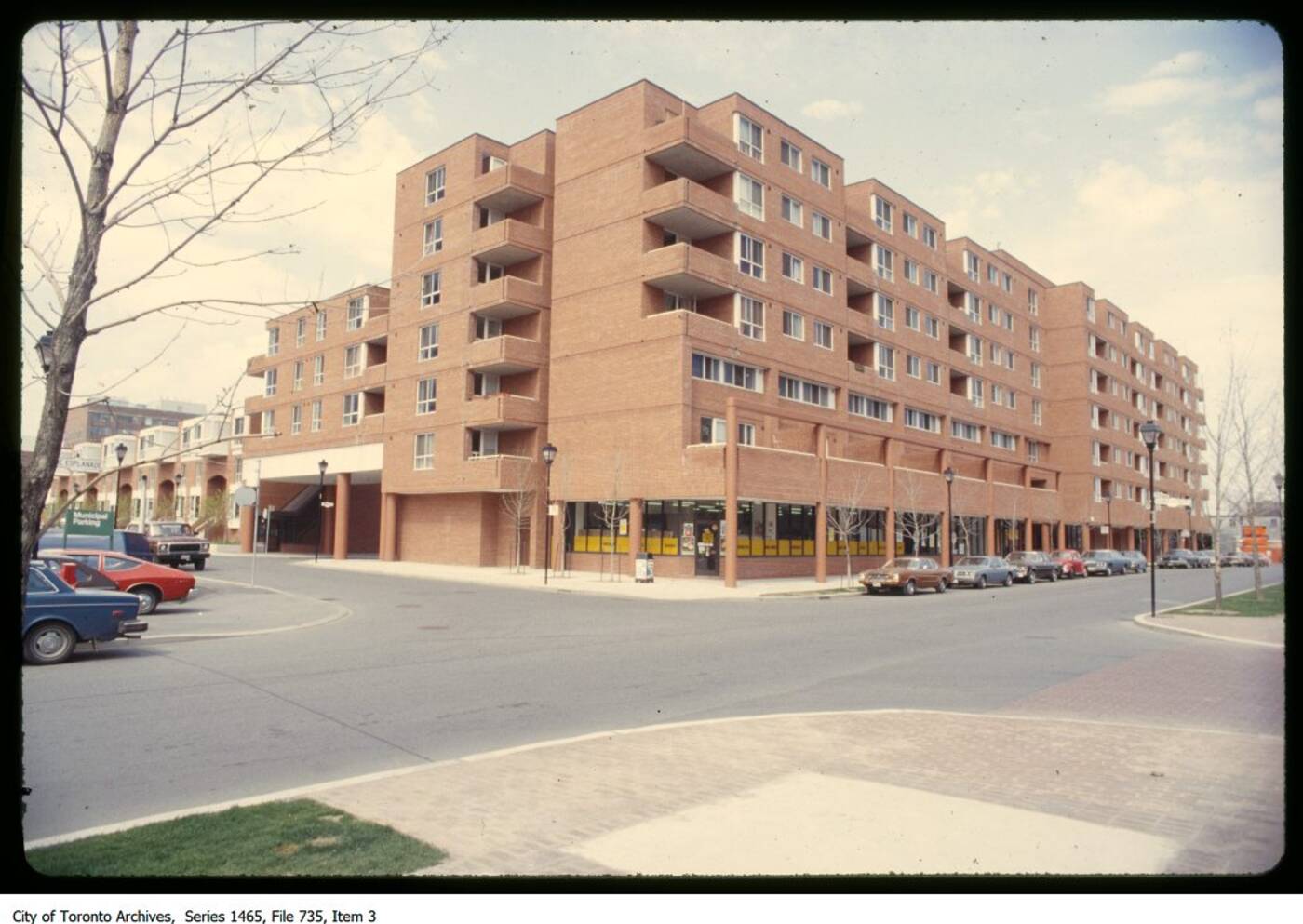
St. Lawrence neighbourhood, ca. late 1970s.
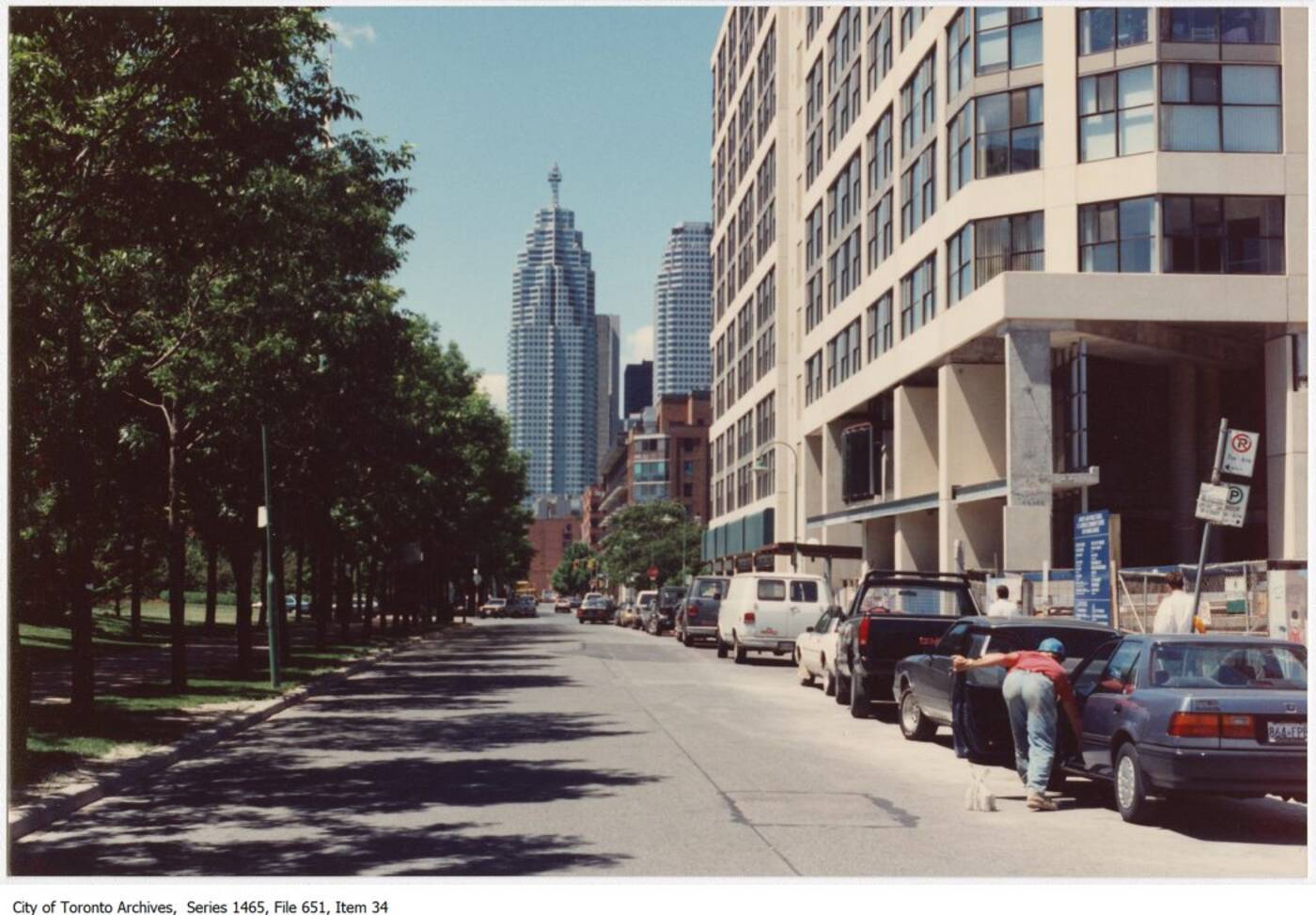
Looking west from Sherbourne and the Esplanade, 1990s.

Here come the condos. 25 the Esplanade, 1998.
Toronto Archives
Latest Videos
Latest Videos
Join the conversation Load comments







